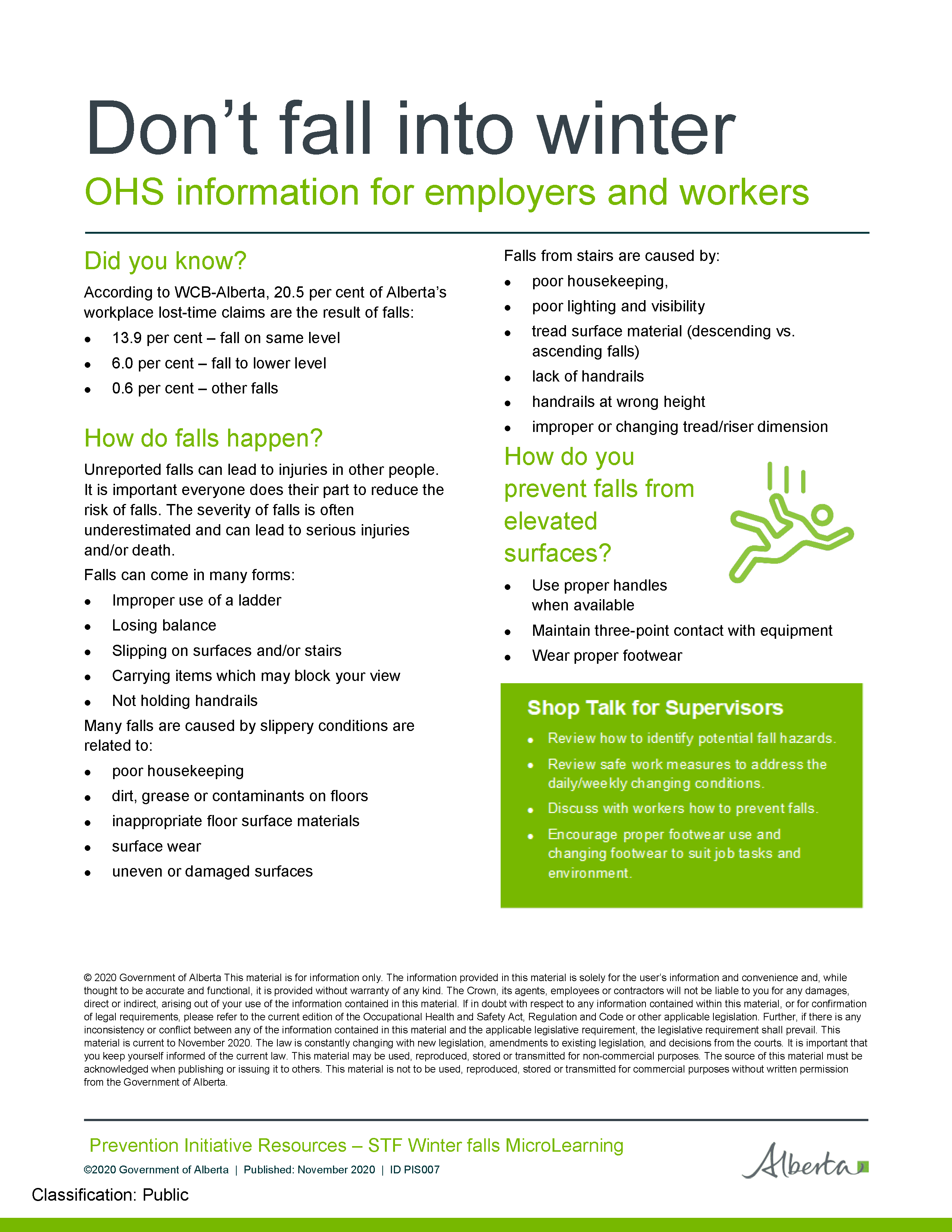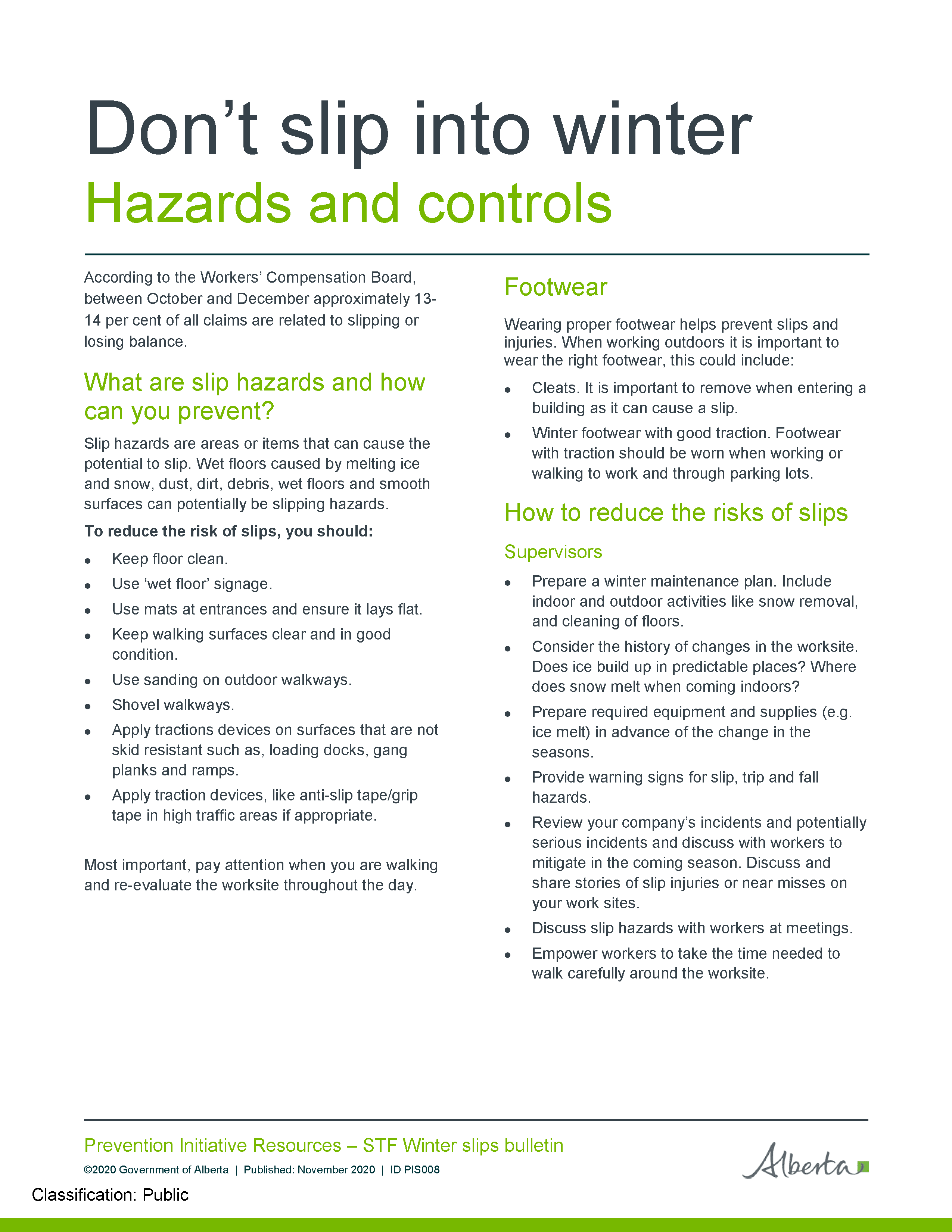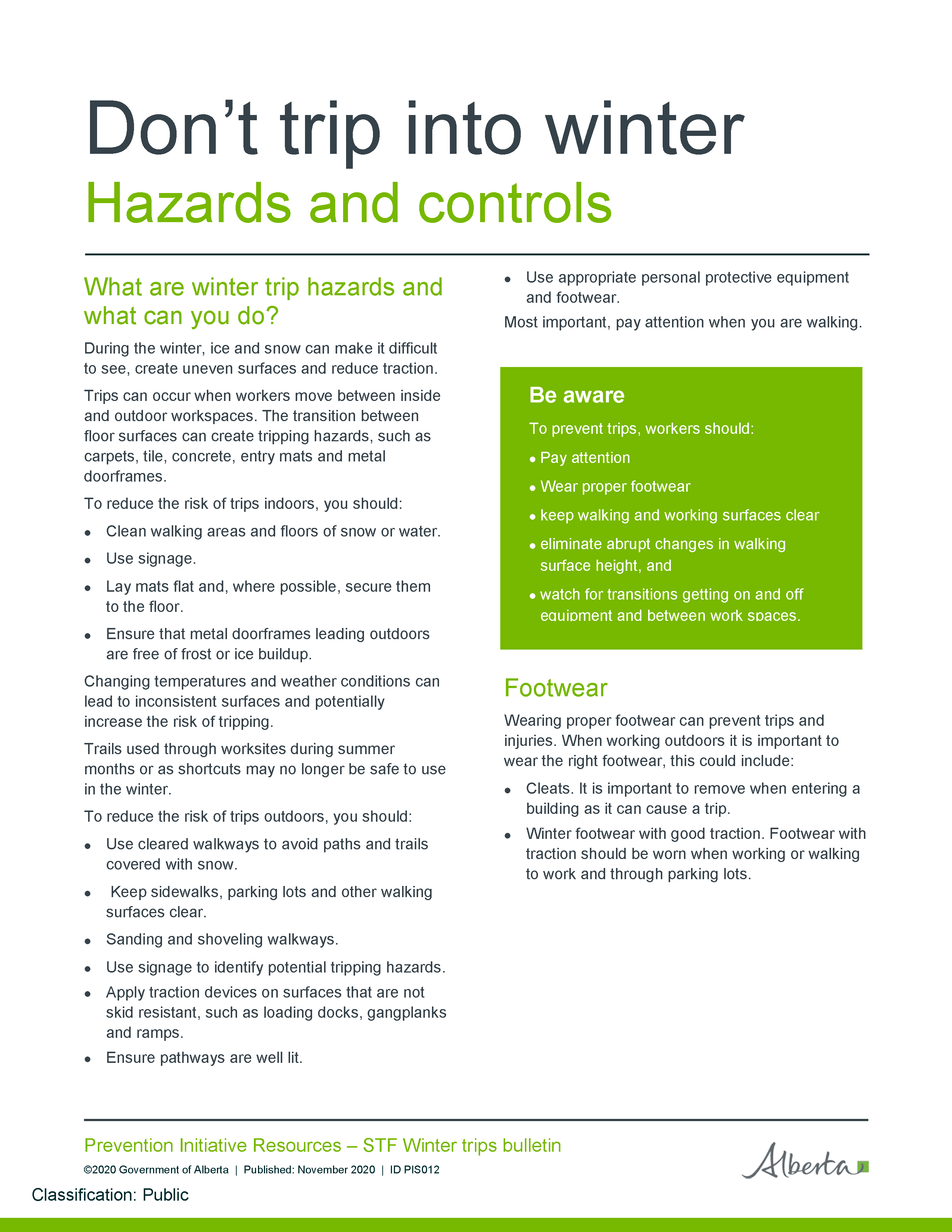Takeaway: When creating a lone worker policy, here are the key components to ensure optimal and safe conditions for all employees.
Jump Ahead
The number of lone workers has been steadily increasing across various industries for numerous reasons, but this subgroup within the working population exploded during the pandemic. According to market researchers Berg Insights, there are 53 million lone workers in Canada, Great Britain, and the United States. This represents a massive challenge for the companies that must keep them safe.
Lone workers face all of the same risks that other employees face, but there is also a heightened risk of harm because they face these risks alone. Lone workers must also deal with unique safety concerns which require equally unique solutions. However, before you implement these solutions, you must start with a companywide lone worker policy.
A policy ensures that lone workers start with a consistent set of expectations. Here are five key elements you should be aware of as an employer and should include in your lone worker policy to ensure optimal and safe conditions for all employees.
1. Statement of purpose
It is far easier to sell a proposed solution if you explain the reasons for it. In fact, selling your workers on the need for a lone worker policy might be one of the greatest challenges involved. Explain why the document is necessary and include how it protects lone workers. Include the organization’s goals and identify how this lone worker policy aligns with them. If relevant, include specific federal, provincial or state laws that speak to lone worker safety.
It’s a good idea to keep your lone worker policy separate from your general health and safety policy for both clarity and conciseness and to avoid confusion between the two documents.
2. Roles and responsibilities
Identifying your lone workers is not always as easy as it sounds. Of course, some workers work entirely and consistently on their own — these are easy to identify. However, others may work in isolation only occasionally, for certain projects or due to extenuating circumstances that may arise. They, too, will need to be included in your lone worker policy. The Canadian Centre for Occupational Health and Safety defines a lone worker as someone who goes for some time without direct contact with another worker or who cannot be seen or heard by another person while working.
Lone workers can include those who :
- work away from the public or who work in isolation or at an isolated site
- work in situations where visibility is reduced or where noise makes it difficult for them to be heard by co-workers
- may travel alone or spend long periods alone in alternate business settings. They may occasionally interact with customers or the public, such as a taxi driver or salesperson, or they may rarely interact with others, such as a long-haul truck driver.
Once you have documented roles, it’s equally important to clarify responsibilities for lone workers and their managers. Whose job is it to initiate check-ins, for example? Avoid using language that implies workers and others have options, as that could become confusing. Instead, use instructive language and write in clear, non-negotiable terms. Replace “should” with “will” and “must,” for example. Include “if, then” statements to cover responsibilities for workers in situations they may occasionally find themselves in.
Clarity is the most important thing here — you don’t want there to be any doubts as to what everyone’s roles and responsibilities are.
3. Identification of hazards
Lone workers are at risk for a variety of hazards. Slips, trips and falls, a leading cause of worker injury, can potentially be more severe when a worker is alone. Lone workers are also at increased risk of workplace violence. There may also be psychological hazards these workers are exposed to.
Conduct a complete safety audit for your lone workers and leverage various means to identify the hazards they face. Talk to managers and workers and consider doing a walkthrough of work sites, if possible, to observe your lone workers as they do their jobs. Deconstruct any accidents or incidents that occur with worker input to determine how you can handle them more effectively next time — prevention is key when it comes to workplace safety.
Make sure that you list all applicable hazards for each lone worker role in your company’s policy.
4. Assessment of risk
A risk assessment for solo work should identify and assess risks lone workers face with the work they do, the people they interact with, the environment they work in, and of course, any personal risk factors that might be pertinent. This could include people who suffer from certain illnesses and conditions or have specific impairments.
The purpose of including hazard identification and risk assessments in the lone worker policy is three-fold. You are naming these risks and ensuring your workers are aware of them. However, you are also identifying any existing risk mitigation you are doing and highlighting the policies and procedures you are enacting as part of the lone worker policy to address these risks.
5. Procedures and expectations
Your lone worker policy should lay out procedures you expect both lone workers and managers to follow. Again, you need to be clear, concise and outline non-negotiable terms. At a minimum, this part of your policy should include:
- A straightforward and functional safety reporting procedure
- Emergency and evacuation procedures
- A system for requesting aid or help
- Individual monitoring procedures, including the use of technology
- Environmental monitoring for hazards including, for example, harmful chemicals
- Check-in procedures including who, when, and how
- Tasks workers may be prohibited from doing alone
- Available communication systems
- Contact procedures, particularly for incident reporting
- Requirements for formal reporting
- Restrictions on the length of work, types of work, or machinery use when workers are alone
Update your lone worker policy regularly in consultation with your workers and ensure it reflects new conditions and risks. You should also make the policy accessible to all employees and provide it directly to new and existing employees every time you update it.
You May Also Be Interested In…
- Do You Have Reasonable Suspicion?
 Employers cannot initiate reasonable suspicion testing without first going through the 5-step process. Reasonable suspicion training provides critical information about how to initiate reasonable suspicion testing, including the 5-step process and other tools that employers can use to help manage the misuse of alcohol and drugs in the workplace.
Employers cannot initiate reasonable suspicion testing without first going through the 5-step process. Reasonable suspicion training provides critical information about how to initiate reasonable suspicion testing, including the 5-step process and other tools that employers can use to help manage the misuse of alcohol and drugs in the workplace. - An Employer’s Guide: What You and Your Employees Need to Know About DOT Drug & Alcohol Testing
 When implementing or maintaining DOT Drug & Alcohol testing, there are key areas that employers should consider.
When implementing or maintaining DOT Drug & Alcohol testing, there are key areas that employers should consider. - SureHire Occupational Testing Acquires COHR Health: A Positive Step Towards Safe, Healthy, Productive Workforces and Communities
 We are thrilled to announce that today, May 6, 2024, SureHire Occupational Testing has officially acquired COHR Health, a well-known leader in occupational health services. Read on…
We are thrilled to announce that today, May 6, 2024, SureHire Occupational Testing has officially acquired COHR Health, a well-known leader in occupational health services. Read on… - Occupational Testing Use Case – Mining
 In this case study, we will explore how mining companies can use various types of occupational tests to reduce Total Recordable Incident Rates (TRIR) long term.
In this case study, we will explore how mining companies can use various types of occupational tests to reduce Total Recordable Incident Rates (TRIR) long term. - 9 Strategies to Keep Workers Cool on Drilling Sites During Hot Summer Months
 This article delves into strategies to keep workers cool and safe on drilling sites during the hot summer months.
This article delves into strategies to keep workers cool and safe on drilling sites during the hot summer months. - Hearing Conservation Basics: How to Manage Occupational Noise
 Learn how to proactively mitigate occupational noise risks and help prevent NIHL among workers.
Learn how to proactively mitigate occupational noise risks and help prevent NIHL among workers.




